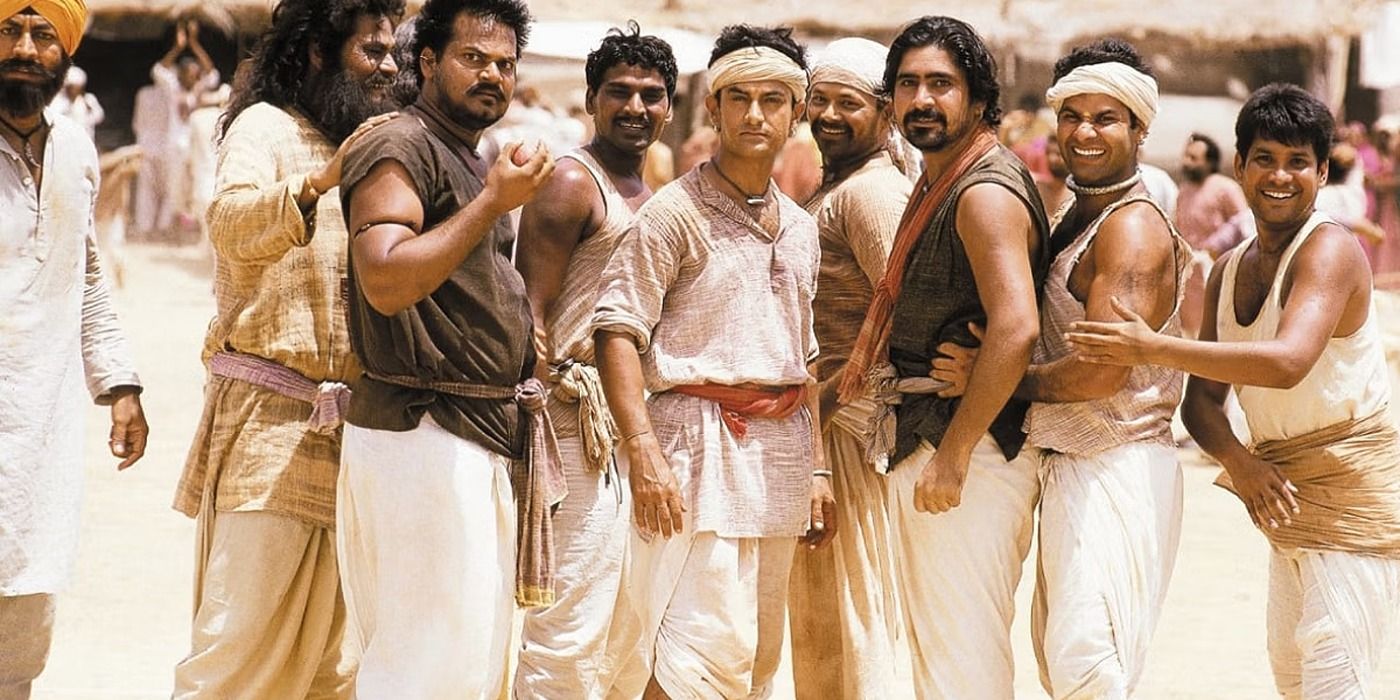Nothing hits fans like the climax of a sports film; the audience is hanging on the edge of their seats, cheering and waiting on bated breath for their winning team or protagonist to win that game. This can be seen in Bennett Miller's Moneyball when Hatterberg (Chris Patt) hit a walk-off home run for the Oakland Athletics against the Kansas City Royals, The whole stadium goes silent and then blasts into celebration. A similar premise was witnessed in Lagaan: Once Upon a Time in India, which captivated audiences with its raw portrayal of colonial oppression by using sport (in this case, cricket) as a narrative device.
Released in 2001, Lagaan is a timeless story about resilience, unity and the surprising way cultural divides can be bridged through the universal language of sports. Written and directed by Ashutosh Gowariker and produced by Bollywood perfectionist Aamir Khan, who also stars in the leading role, Lagaan earned a Best Foreign Language Film nomination at the Academy Awards in 2002. The winning Oscar ultimately went to the Bosnian film No Man's Land, directed by Danis Tanovic. However, through its global appeal, Lagaan cemented its status as more than just a classic and 24 years later, it is more relevant than ever.
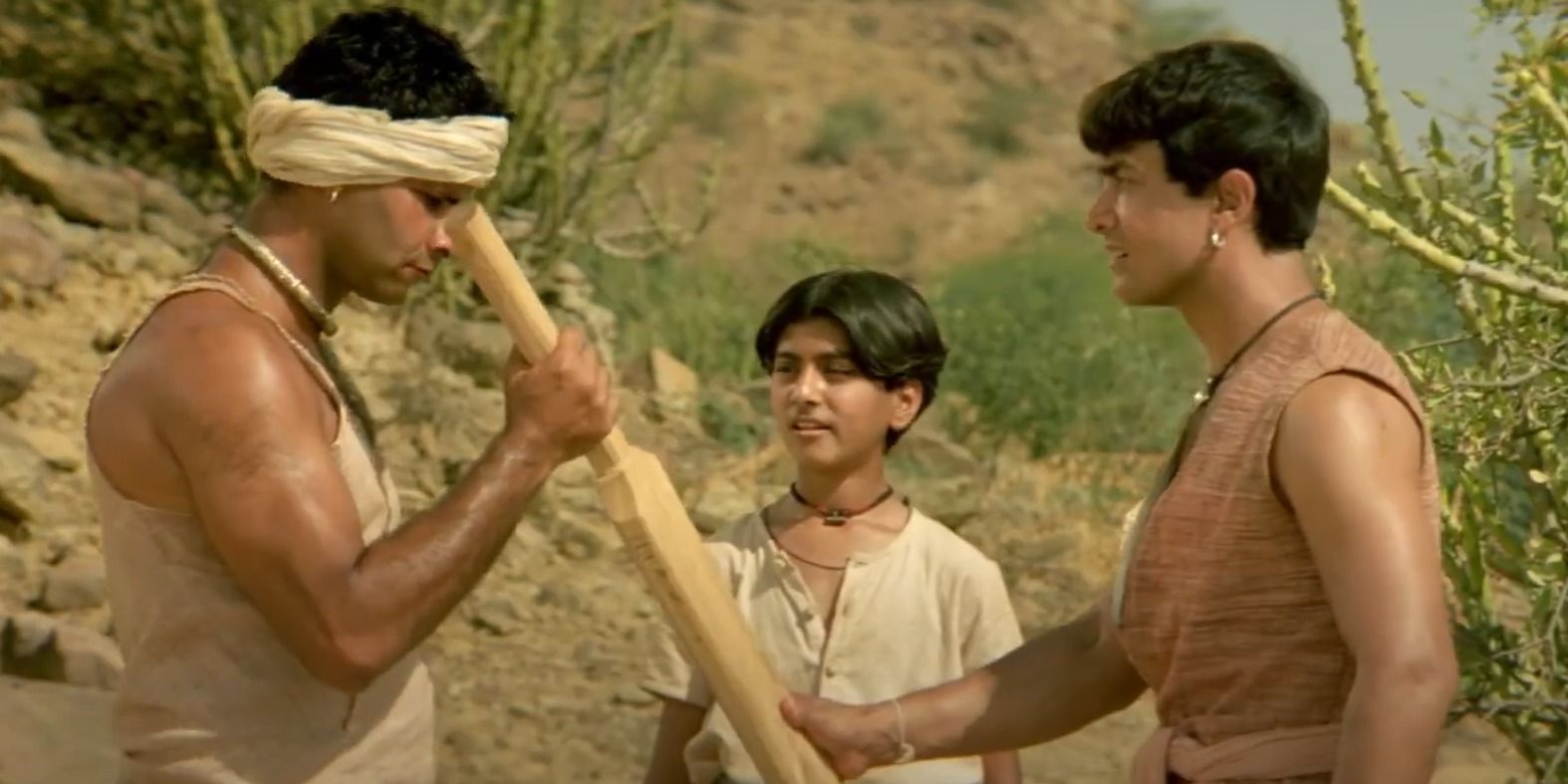
Lagaan is set in 1893 in the fictitious village of Champaner, described as ‘a drought-stuck small village in the heart of India.’ India was under the colonial rule of the British Empire, and oppression was at its peak. From the very beginning of the film, the audience can feel the tension among the anxious village people, who are worried about their parched lands. Additionally, there is constant pressure by the Indian monarchs and the British government to keep up with their demands, and they also have to bear with the nightmarish treatment. There is an extreme scene and dialogue in the film where the sadistic Captain Andrew Russell, played by Paul Blackthorne, kicks a villager to the ground in anger and says, “.” A brutal reality that many Indians went through under the British regime.
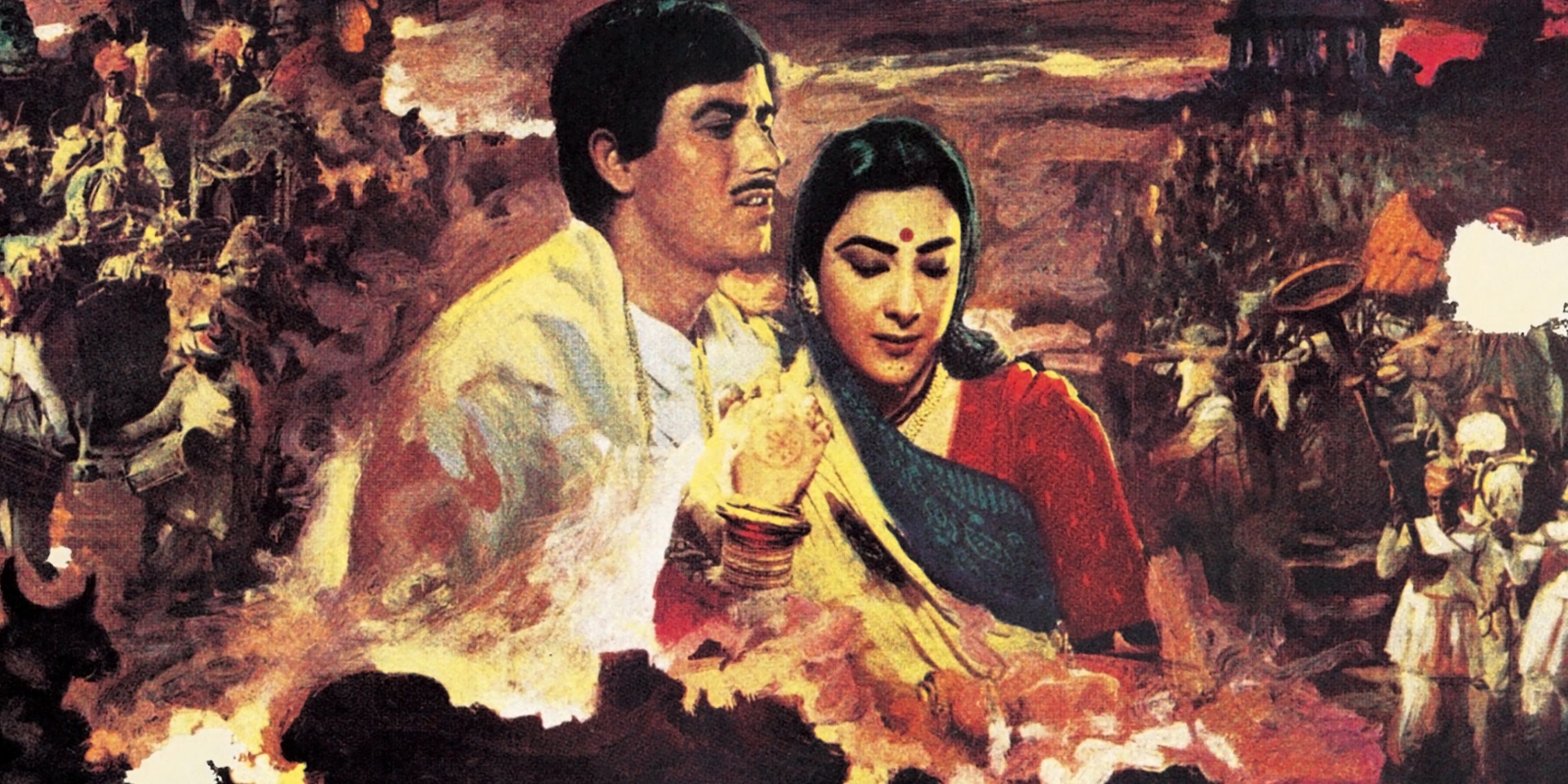
Related
This 68-Year-Old Epic Is Still One of the Greatest International Films of All Time.
Mother India, which left a legacy of its own, became a cinematic gem, proving that great storytelling is universal.
However, it was not just the oppression that made the lives of the villagers a living hell; it was also the “lagaan” (a land tax). The residents of Champener village have been struggling under the burden of the “lagaan,” and the burden intensifies when the evil Captain Russell offers an outrageous wager: beat his team at cricket, and the tax for the entire province will be waived for three years; lose, and they pay triple. An impossible challenge is surprisingly accepted by the young and aspiring Bhuvan, played by Aamir Khan.
Paul Blackthorne, who spoke Hindi in most of his scenes in the film, spent six months learning the language for his role.
Cricket, the game of aristocrats and gentlemen cherished by the British, was utterly alien to Champaran villagers. However, they were only unaware of the English version of the game because, as per the Bhuvan, he used to play a similar game as a boy which didn't have a strict structure or rules. But Captain Russell, who only knew how to ridicule the villagers, believed that cricket was untouchable to the Indians because of their place in society. Once Bhuvan took on Russell’s challenge, there was no turning back, and what follows is the process of the villagers learning and playing this foreign game.
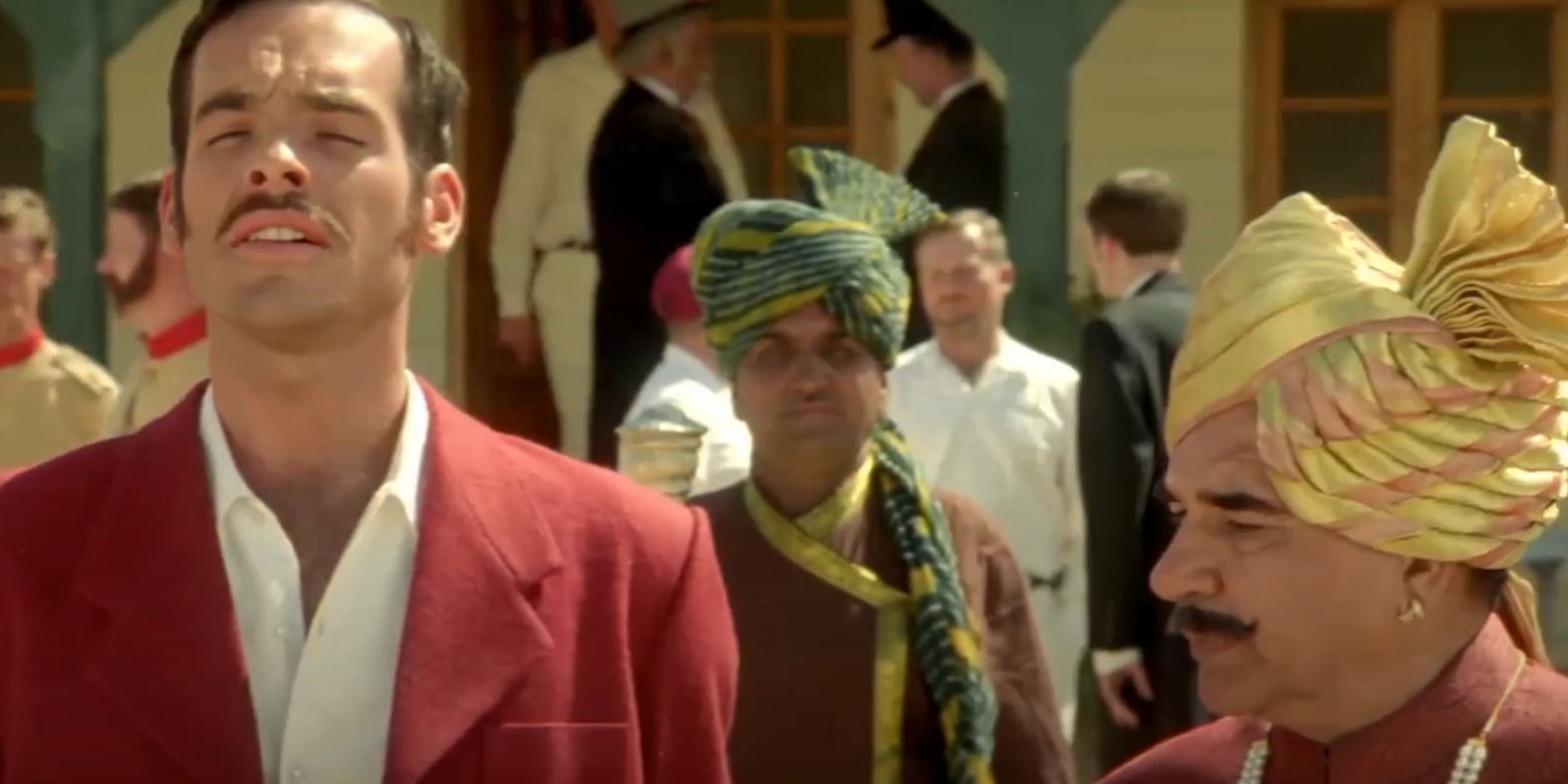
As the villagers start to get their hands on cricket, the division within their community begins to erode. Initially, the task creates chaos among the people, exposing caste prejudices and stereotypes. Yet, Bhuvan’s determination is helped by Captain Russell's kind sister, Elizabeth, played by Rachel Shelley, who slowly assembles a team of extraordinary and uniquely talented individuals: a Sikh batsman, Deva Singh Sodhi, a Muslim bowler Ismail, an 'untouchable' spinner Kachra and many others. As they trained, the audience witnessed the social barrier in the village gradually falling apart, and the people who were once divided by prejudice stood united against a common mission.
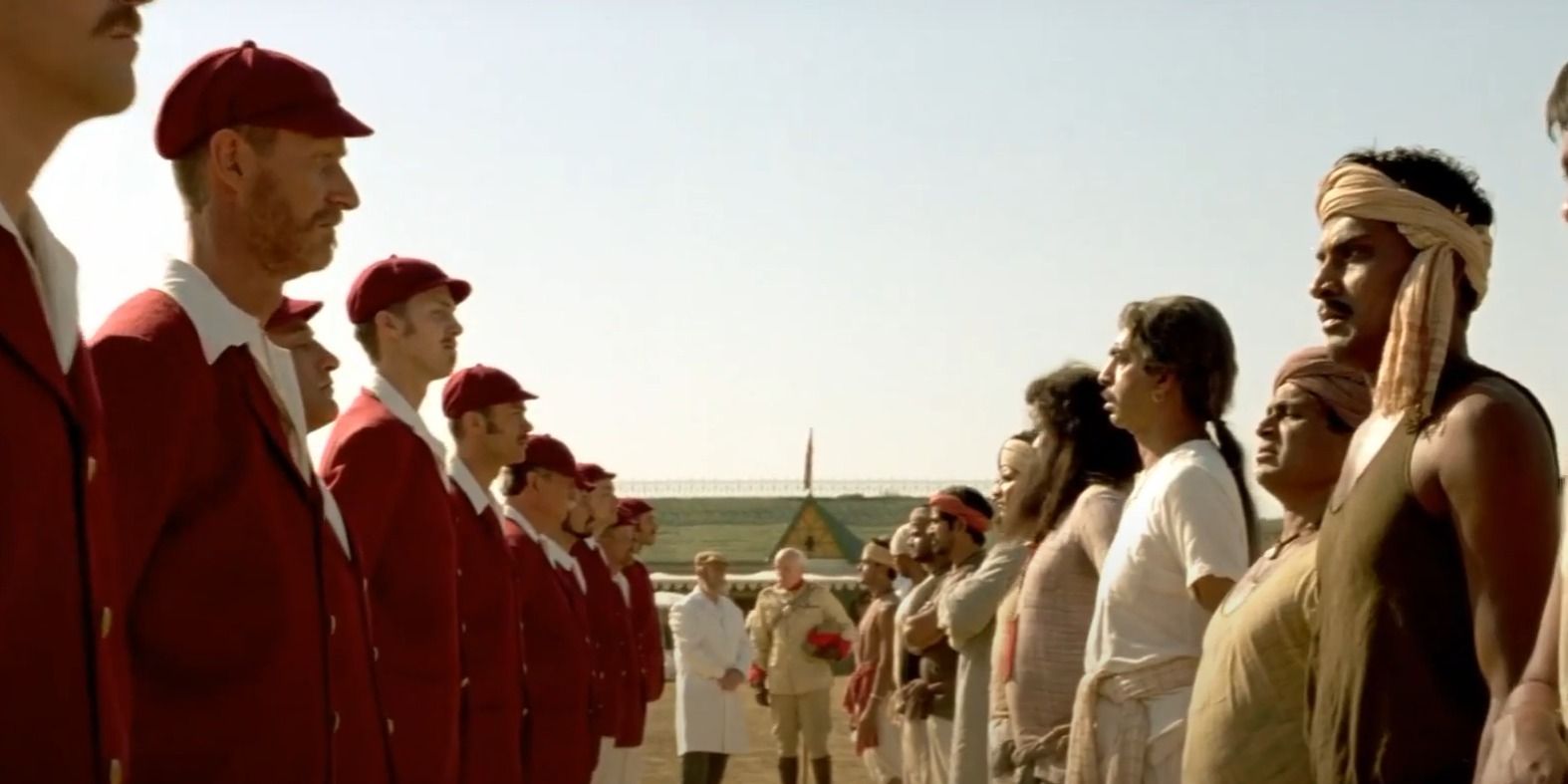
Lagaan was one of the most expensive Bollywood films of the time. The community had high expectations of the film. Living up to the hype, it was a massive success in India, and its journey to becoming only the third Indian film nominated for the Best Foreign Language Film category (now Best International Feature Film) at the Academy Awards is a story that will be forever etched in the history of Indian cinema. So, how exactly did an almost four-hour Hindi film, with musical and dance numbers revolving around the intricacies of cricket in a 19th-century Indian village, hit the global mark?
Lagaan was narrated by the renowned actor and Bollywood legend Amitabh Bachchan.
The credit goes to the genius behind Lagaan, Gowariker, who created a carefully woven story of an underdog team fighting against impossibly high stakes. The build-up to the climactic, multi-day cricket match was masterfully built, and by the end, it was evident to the audience that it was not British vs. Indians or Colonizers vs. Oppressed; the game was between Justice and Injustice. The British ruled India for almost 200 years, until 1947, when India gained independence after fighting for freedom for 90 years. There were endless stories of struggle in every corner of the nation, but Gowariker chose a sport that represented resistance metaphorically. Instead of showing historical facts, he based his story on putting an entire freedom struggle in the language of sports. In the end, Lagaan becomes more than just a Bollywood film. Peter Bradshaw, from The Guardian, in his 2001 review, defined Lagaan as:
“Larger than life and outrageously enjoyable, it's got a dash of spaghetti western, a hint of Kurosawa, with a bracing shot of Kipling.”
Lagaan is also a product of heartfelt and powerful performances. As Bhuvan, the hope and light of the village, Aamir Khan brought the elements of both innocence and determination. His performance was supported by a strong ensemble cast, including convincing roles from the British actors, especially Paul Blackthorne, who justified Russell’s egoistic and dominant personality paired with surprising dialogue deliveries in Hindi.
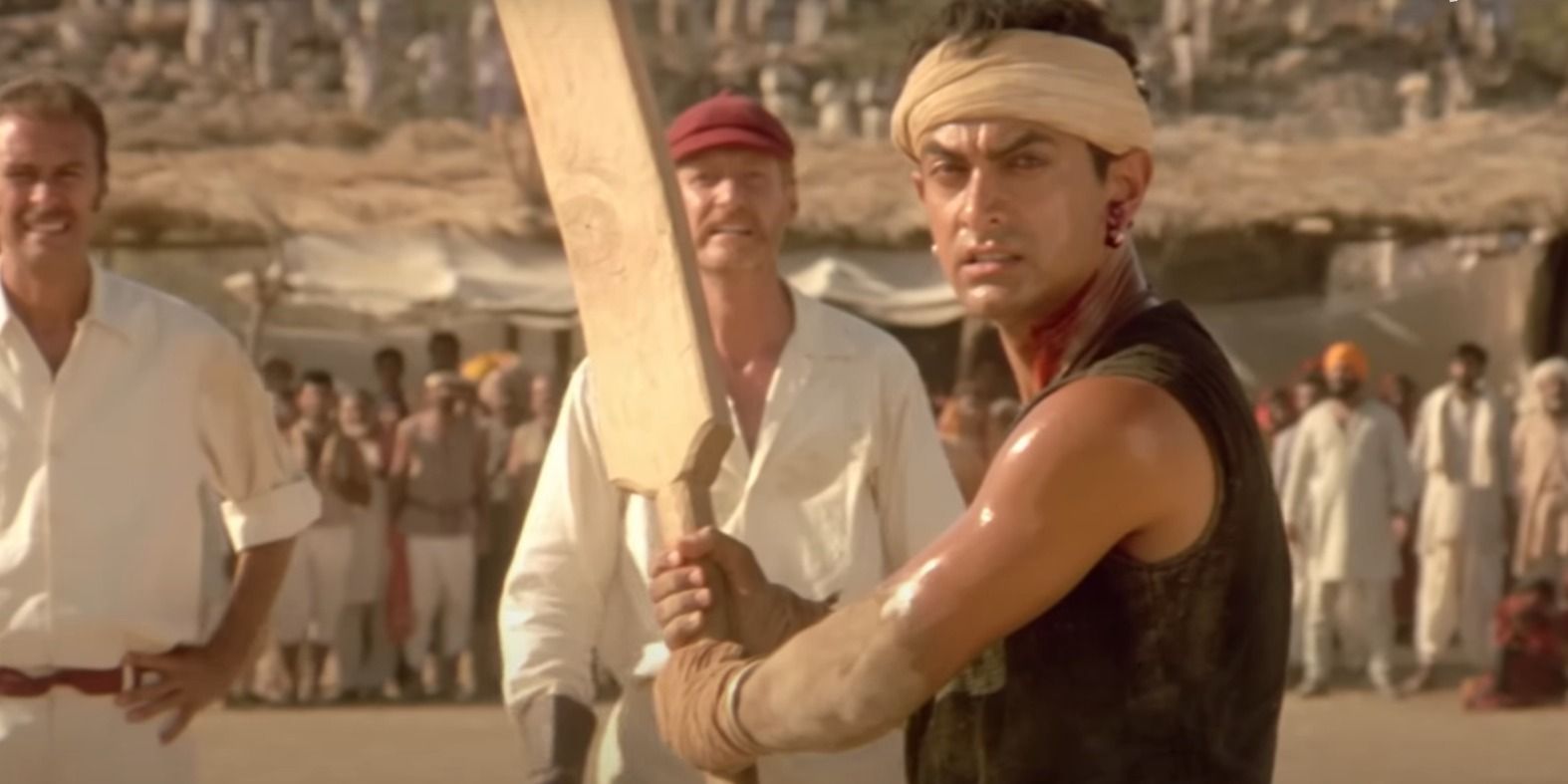
Gowariker, along with cinematographer Anil Mehta and production designer Late Nitin Chandrakant Desai, developed a visual language to immerse the audience in the world of Champaner, a village in the British province. Lagaan was filmed in Gujarat’s Bhuj, where a set was built from scratch on rented land. From the small huts to the hilltop temple, everything was part of a set. Around 150 artisans dedicated their hours to painting the houses on the set. One artisan once reflected on the experience and said, "Constructing Champaner was like rebuilding our lives. At the end, the village looked more real than our little Kunaria (the location where the set was based).”
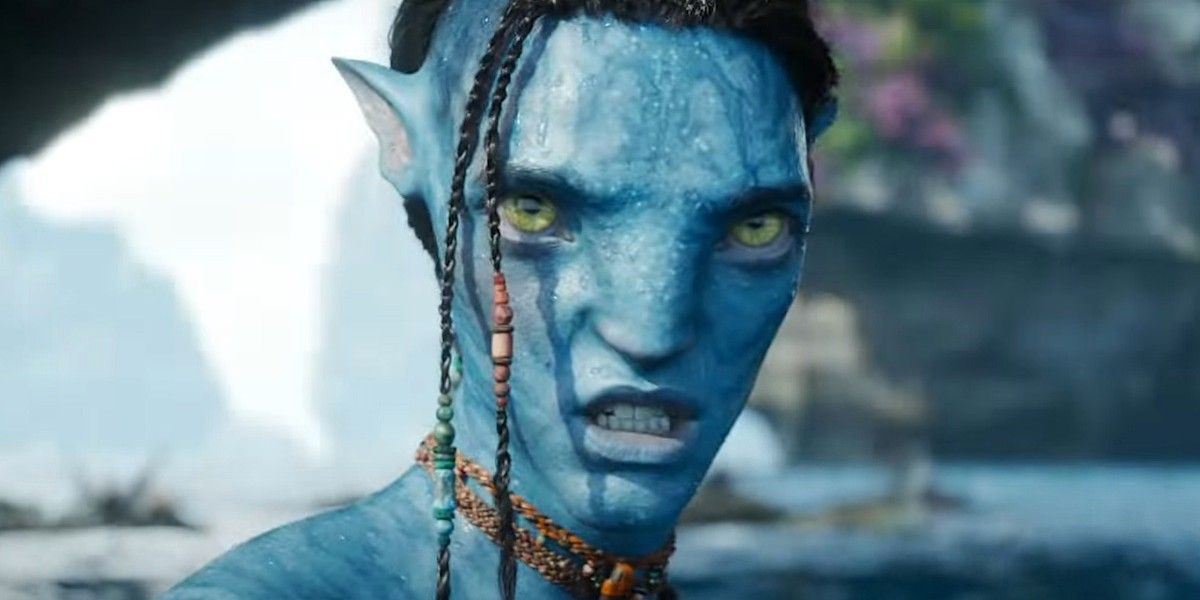
Related
10 Most Visually Stunning Movies of The 2020s That Left Fans in Shock
Between Dune: Part Two, The Batman, and Furiosa, the 2020s has had many colorful, visually stunning, and beautifully shot movies so far.
It was not a colorful period for a country that lived under the shadows of the Britishers in its own native land. Hence, Lagaan paints a visual story in earthy tones – dusty browns, ochres, and faded greens. To portray a parched landscape, haunted by a long drought, the village palette is in stark contrast to the whites, deep reds, and ordered spaces of the British cantonment. To make the colonial hierarchy stand out more, costume designer Bhanu Athaiya, who won an Oscar for her work in Gandhi, carefully created attires representing the characters’ cultural identities. On top of the powerful visuals, A.R. Rahman's magical score narrates the emotional contours of the villagers throughout their journey. Rahman, who is a Grammy and an Oscar-winning musician, composed beautiful musical numbers, furnishing a lyrical element in the film.
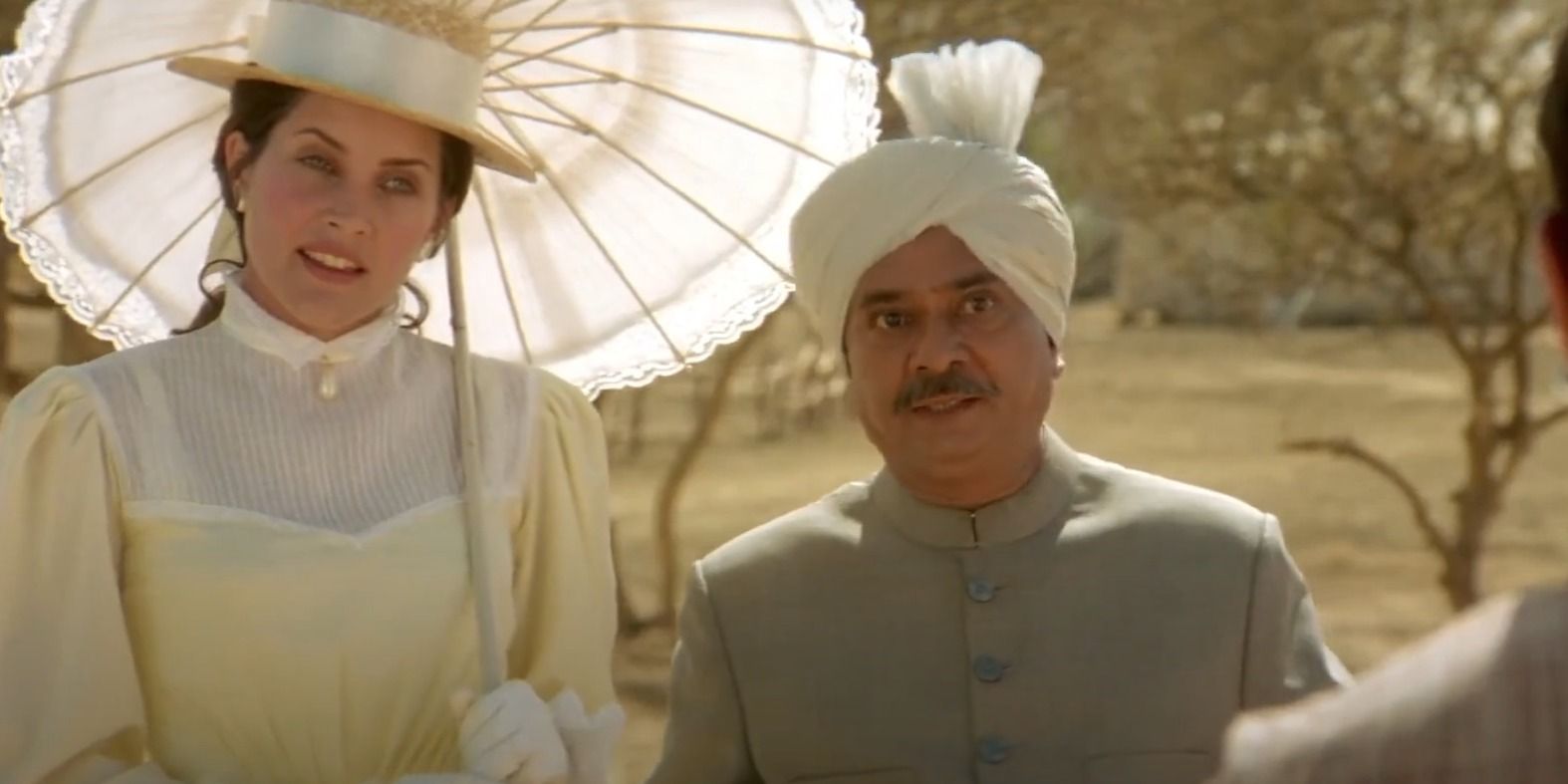
Lagaan's visually rich depiction of 1893 India played an impactful role in making the epic appealing. The film's portrayal of the power imbalance during the period through costumes, set design, and unique frames meticulously shows the cultural clash between the Indians and the British. Twenty-four years later, the film is not remembered as an Indian film or a cricket film. Instead, it stands as a reminder of how powerful cinema can be if shown through a personal lens.
